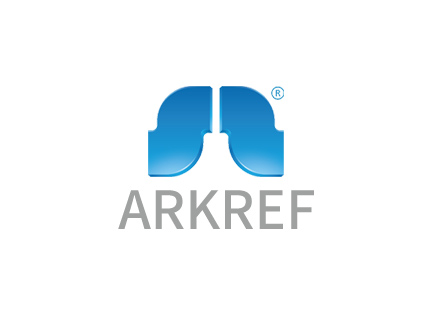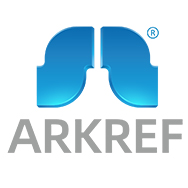Maximizing the Potential of Cold Storage for Cold Chain Success
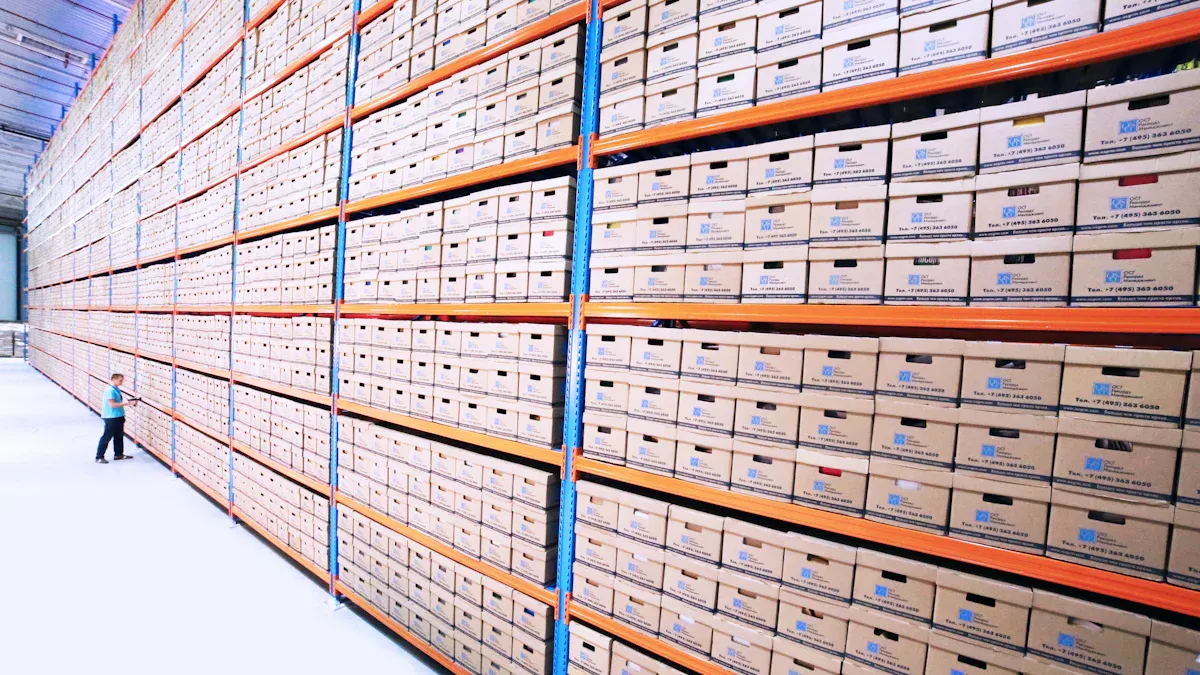
Logistics warehousing cold storage is crucial for maintaining the freshness of temperature-sensitive items. It plays a vital role in protecting products such as food, vaccines, and medicines, ensuring they remain safe and effective during transport and storage. Without proper logistics warehousing cold storage, items can spoil, leading to financial losses and health risks.
Enhancing cold storage within logistics warehousing is essential for the growth of various industries. This can be achieved by improving temperature control, conserving energy, and creating flexible storage solutions. Regulations like ICH Q1A(R2) and ICH Q5C emphasize the importance of maintaining stable conditions for sensitive items. These guidelines highlight how logistics warehousing cold storage impacts the success of cold chain systems.
This blog discusses strategies for optimizing logistics warehousing cold storage. It outlines methods to enhance supply chains and ensure product safety.
Key Takeaways
Cold storage is important for keeping items like food and medicine safe.
Using smart tools to check temperatures can stop spoilage and follow safety rules.
Energy-saving tech, like LED lights and good insulation, lowers costs and helps the environment.
Automation in cold storage makes work faster, reduces mistakes, and saves space as needs grow.
Real-time tracking helps see the supply chain clearly and fix problems quickly.
Understanding Cold Storage in Cold Chain Logistics
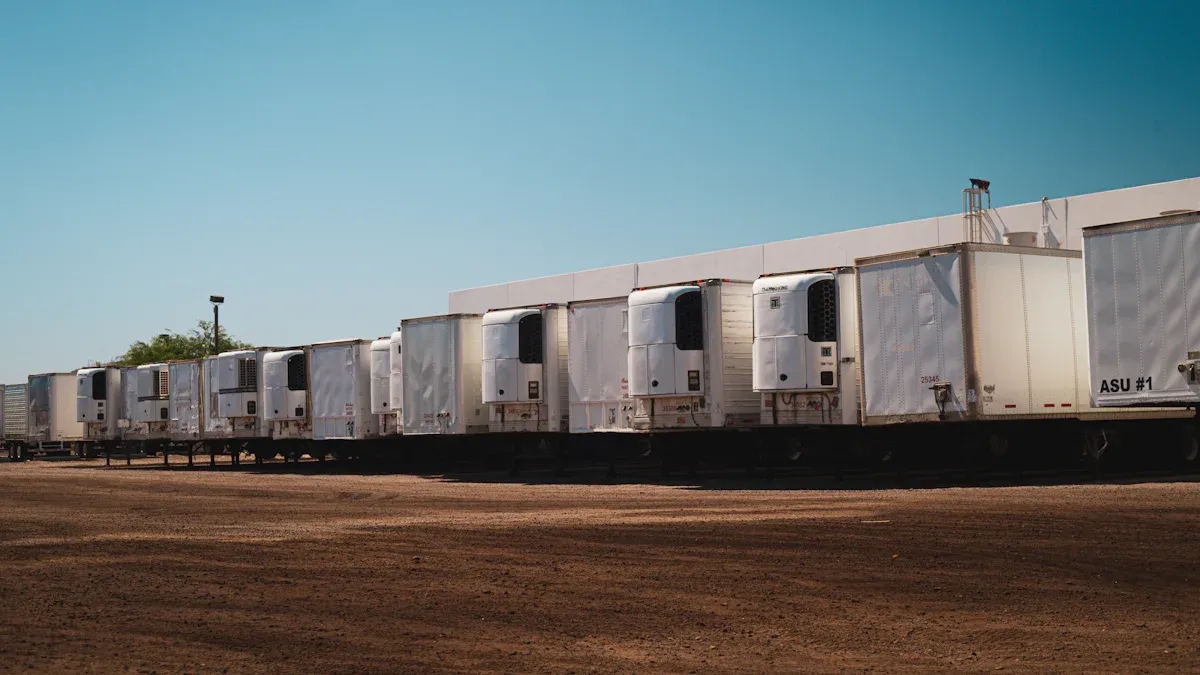
Definition and Purpose of Cold Storage
Cold storage is key to keeping cold chain systems working. It uses temperature-controlled spaces to keep sensitive items safe and fresh. These facilities protect things like food, vaccines, and medicines from going bad. Without cold storage, products could spoil, causing big losses and health problems.
Cold storage does more than just preserve items. It helps manage supply chains by tracking products and meeting rules. For instance, using IoT and AI tools allows better monitoring and less waste. This makes operations smoother and strengthens the cold chain system.
Key Trends in Cold Chain Logistics | Description |
|---|---|
Expansion of Cold Storage Infrastructure | More warehouses are needed for food and medicine storage. |
Integration of IoT and AI for Monitoring | Smart tools improve tracking and follow safety rules. |
Rising Demand for Pharmaceutical Cold Chain Solutions | More vaccines and medicines need safe transport and storage. |
Applications Across Industries
Pharmaceuticals
Cold storage is very important for the pharmaceutical industry. It keeps vaccines, medicines, and biologics safe during transport and storage. Automated systems help avoid mistakes and keep temperatures steady. Special shippers using liquid nitrogen provide very cold storage for long times. This supports the growing need for pharmaceutical cold chains.
Food and Beverage
The food industry depends on cold storage to keep food fresh. Refrigeration stops food from spoiling and meets safety standards. Smart packaging with sensors checks temperatures to prevent problems. These tools improve tracking and help the cold chain industry grow.
Biotechnology and Life Sciences
In biotech and life sciences, cold storage protects delicate items like cell samples. High-tech storage solutions keep these items safe during transport and storage. Automation and IoT tools make processes faster and safer. Cold storage is a must-have for this field.
Key Challenges in Cold Storage Use
Keeping Temperatures Stable and Monitoring Them
It’s hard to keep temperatures steady in cold storage. Products must stay in the right temperature range to avoid spoiling or losing effectiveness. Without real-time monitoring, temperature changes can go unnoticed. This can ruin product quality and harm patient safety. For example, CAR-T therapies need very cold storage (≤-150°C) to stay safe during transport.
Controlling temperatures means more than adjusting the thermostat. Systems must handle real-world conditions like packaging, transport, and weather changes. FDA rules check if these practices are followed. But tracking systems often miss details, making it harder to spot risks.
Saving Energy and Being Sustainable
Cold storage uses a lot of energy to stay cold. This makes it expensive and less eco-friendly. Using LED lights, better insulation, and renewable energy can help save power. These tools keep temperatures steady while lowering energy use.
Sustainability also means wasting less. Bad temperature control can spoil products, causing waste and hurting the environment. Better monitoring and green practices can reduce waste and follow rules. This helps make supply chains more eco-friendly.
Using Space Wisely and Growing Easily
Space in cold storage is limited and valuable. As demand rises, layouts must be improved to fit more items without losing temperature control. Automated systems and tall shelves can save space and make storage better. These tools also help businesses grow when needed.
Growing storage is important for handling supply chain needs. For example, more demand for medicine storage means facilities must expand quickly. Planning ahead keeps cold storage flexible and ready for change.
Cost Management and Operational Expenses
Keeping costs low in cold storage is key to success. You must control spending while keeping products safe. High costs often come from energy use, repairs, and workers. Smart planning can cut these costs without losing quality.
Using energy-saving tools is a great way to save money. Modern cooling systems use less power and lower bills. LED lights and better insulation also reduce energy use. These upgrades save money and help the environment.
💡 Tip: Check your energy use often. Fixing wasteful habits saves money over time.
Worker costs can be high too. Automation helps by reducing the need for workers. Machines like AS/RS make work faster and more accurate. This boosts efficiency and lowers costs over time.
Taking care of equipment is also important. Broken machines cost a lot to fix and can ruin products. Regular check-ups keep everything working well. This also makes equipment last longer, saving money.
Organizing storage space wisely can save time and money. Messy layouts waste space and slow down work. Using tall shelves or compact designs makes storage better and cheaper.
Cost-Saving Strategies | Benefits |
|---|---|
Energy-efficient technologies | Lower power bills and eco-friendly |
Automation | Fewer workers needed, fewer mistakes |
Preventive maintenance | Fewer repairs, longer equipment life |
Optimized storage layout | Saves space, improves efficiency |
By following these tips, you can save money. This keeps your cold storage running well and profitable.
Strategies to Maximize Cold Storage Potential
Advanced Temperature Monitoring and Control Systems
Improve cold storage by using smart temperature monitoring tools. These tools use sensors and IoT systems to keep conditions steady. For example, wireless sensors let you check temperatures from far away. This is helpful for industries like medicine. They send alerts if temperatures change, keeping products safe. This lowers spoilage risks and follows safety rules.
Temperature sensors also help prevent equipment problems. They analyze data to spot issues early. Fixing problems early avoids delays and keeps things running smoothly. New refrigeration tools focus on being reliable and saving energy. These upgrades improve product quality and cut costs.
Energy-Efficient Technologies
Energy-saving tools help lower costs and protect the environment. Using LED lights and better insulation saves energy. Modern cooling systems keep items cold while using less power. These changes save money and support green practices.
Automating cold storage is another smart move. Machines reduce mistakes and keep temperatures steady. For example, liquid nitrogen shippers stay very cold for a long time. This is great for storing sensitive items like CAR-T therapies. These tools make operations efficient and eco-friendly.
Strategic Location Planning
Choosing the right location for cold storage is important. Building near distribution centers shortens travel time and keeps temperatures stable. On-site freezing is another good option. It avoids long trips and keeps products safe.
Working with expert logistics companies can also help. They handle shipments carefully and control temperatures well. Combining smart planning with advanced tools improves cold storage and supply chains.
Strategy | Outcome |
|---|---|
Using Smart Cryogenic Containers | Tracks temperatures and sends alerts, keeping items safe. |
Partnering with Expert Logistics Providers | Ensures careful handling and steady temperatures for sensitive shipments. |
On-Site Freezing | Avoids long trips and reduces temperature risks. |
Liquid Nitrogen Shippers | Keeps items very cold for a long time, ensuring safety. |
Smart Packaging | Monitors conditions to stop problems during storage and shipping. |
Automating Cold Storage | Reduces errors and keeps temperatures steady. |
Real-Time Tracking and Alerts | Gives full visibility and prevents risks for CAR-T shipments. |
Integration with Real-Time Tracking Systems
Real-time tracking systems are important for modern cold storage. They let you see where shipments are at all times. By collecting data from different sources, they help spot problems early. This keeps products safe and in good condition.
A big advantage of real-time tracking is automated alerts. These alerts warn you if something goes wrong, like a truck breaking down. For example, if a refrigerated truck stops working, the system sends a warning. You can act fast to fix the issue. This prevents spoilage and follows safety rules.
Predictive tools make tracking even better. They use past and current data to find possible risks. For instance, they can warn about delays from bad weather or traffic. This helps you change plans to keep products at the right temperature. It also avoids major disruptions.
To use real-time tracking well, try smart cryogenic containers with IoT sensors. These containers check temperatures all the time and send updates. Working with expert logistics companies can also help keep temperatures steady. On-site freezing is another option to avoid long trips and protect items.
💡 Tip: Choose tracking systems that work well with your current setup. This makes operations smoother and more effective.
Automation and Smart Storage Solutions
Automation and smart storage make cold storage faster and safer. Machines handle simple tasks, so you can focus on bigger jobs. For example, automated freezers keep temperatures steady without human mistakes.
Smart storage uses special containers to protect products. These containers have sensors to check temperature and humidity. If something goes wrong, the system sends a warning. This keeps items like vaccines safe while stored.
Automation also saves space. Automated systems use tall shelves to store more items in less room. This is helpful as the need for cold storage grows.
Using machines also cuts costs. You need fewer workers, which lowers expenses. For example, automated freezers don’t need constant checking. This saves time and money for other tasks.
Evidence Type | Description |
|---|---|
Smart Containers | Keep track of temperatures to protect products during shipping. |
Automating Cryogenic Storage | Use machines to reduce mistakes and improve accuracy. |
Smart Cryogenic Containers | Containers with sensors check temperatures in real time. |
Smart Packaging | Insulated containers with sensors monitor conditions all the time. |
🚀 Pro Tip: Use automation and smart storage together for better cold storage. This keeps products safe and saves money.
Case Studies and Success Stories
Retail Pharmacy Sector - Better Temperature Control
Retail pharmacies need to keep medicines at the right temperature. Advanced tools now help them do this better. For example, IoT sensors check storage conditions all the time. If temperatures change, alerts are sent to fix the problem fast.
One big pharmacy chain used these tools in its warehouses. This cut spoiled products by 30%. They saved money and gave patients safe medicines. You can use these tools to improve your cold storage too.
Food Industry - Saving Energy Smartly
The food industry depends on cold storage to keep food fresh. Saving energy is important to lower costs and help the planet. A global food company made its cooling systems more energy-efficient. They added LED lights, better insulation, and modern cooling tools.
They also planned delivery routes to use less energy. This cut their energy use by 25% while keeping food fresh. You can do the same by upgrading your systems and planning smarter routes.
Vaccine Distribution - Using Automation and Smart Storage
Vaccine storage is tricky because it needs very cold temperatures. Automation and smart tools make this easier. A healthcare company used automated cryogenic storage for vaccines. These systems kept vaccines cold without needing workers.
They also added tracking tools to watch vaccine conditions during shipping. This kept vaccines safe from storage to delivery. By using automation and smart tools, you can make vaccine delivery more reliable.
Future Trends in Cold Storage
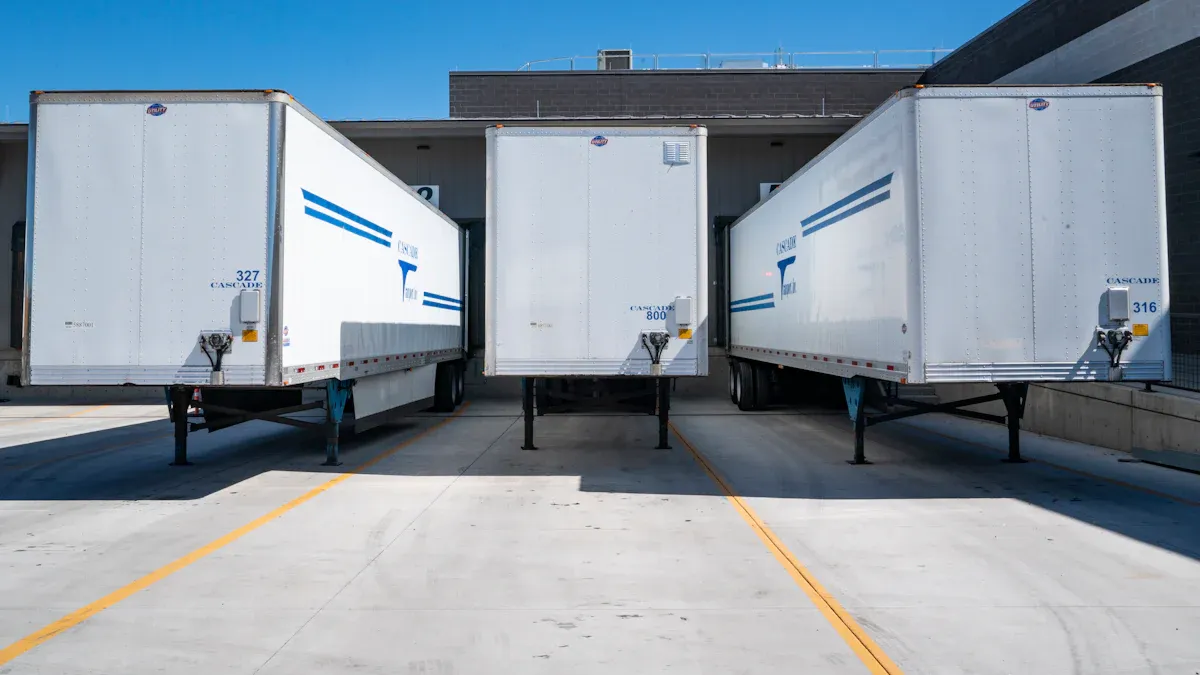
AI-Driven Storage Systems
AI is changing how cold storage works. It makes operations smarter and faster. AI systems can predict when equipment might break. They study sensor data to find problems early. This keeps temperatures steady and stops spoilage. AI also helps organize storage better. It suggests the best way to arrange items based on their needs.
AI improves tracking in cold storage. It lets you check conditions and shipments in real time. This reduces mistakes and follows safety rules. As more temperature-sensitive goods are needed, AI will help keep products safe and high-quality.
Sustainable and Green Cold Storage Practices
Cold storage is becoming more eco-friendly. You can use cooling systems that save energy and cut pollution. For example, CO2-based refrigeration is greener than older methods. Better insulation and LED lights also lower energy use.
Green practices show how much energy and waste you use. Tracking this helps you find ways to improve. Many companies now use carbon-neutral solutions. These changes help the planet and save money. As green trends grow, using eco-friendly tools will keep you ahead.
Key Trend | Description |
|---|---|
Expansion of Cold Storage Infrastructure | More warehouses are needed for medicines and fresh goods. |
Integration of IoT and AI for Monitoring | Smart tools track shipments and reduce spoilage. |
Rising Demand for Pharmaceutical Cold Chain | More vaccines and medicines need special storage and transport. |
Growth of Sustainable Practices | Eco-friendly cooling and carbon-neutral solutions are growing. |
Blockchain for Enhanced Transparency
Blockchain is making cold storage more open and clear. It creates a safe record of every step in the supply chain. Everyone can see the same information, which avoids mistakes. For example, blockchain can show a shipment’s temperature history. This proves it stayed at the right temperature.
Blockchain also gives real-time updates. It helps you spot problems quickly and fix them. In industries like medicine, where rules are strict, blockchain ensures all standards are met. Using blockchain builds trust with customers and partners. It also makes operations smoother and more reliable.
IoT Integration for Predictive Maintenance
IoT technology helps make cold storage work better. Sensors with IoT can check equipment and storage conditions anytime. They measure temperature, humidity, and other important details. If something goes wrong, alerts are sent right away. This helps you fix problems quickly and keep products safe.
IoT also makes predictive maintenance easier. Smart systems study sensor data to find possible equipment issues. For example, AI tools can spot risks during shipping. Fixing these problems early avoids delays and damage. This saves both time and money by stopping breakdowns.
Remote monitoring is another benefit of IoT. Cloud platforms let you check storage from anywhere. This is helpful if you manage many locations. You can make sure all places stay in good condition without being there.
Benefits of IoT Integration:
Tracks temperatures in real time to stop spoilage.
Predicts equipment problems to avoid delays and failures.
Remote checks save time and improve efficiency.
More companies now use IoT for refrigeration. AI tools help improve safety and cut waste. For example, smart containers keep vaccines at the right temperature during shipping. These tools make cold storage safer and greener.
💡 Tip: Use IoT systems to watch your cold storage. This keeps products safe and lowers risks.
Adding IoT to your cold storage makes it smarter and more dependable. It helps you compete better while keeping high-quality standards.
Cold storage is key to keeping sensitive products safe and fresh. Using tools like smart monitors, energy-saving systems, and automation improves efficiency. These steps also help cut down on waste. The rising need for medicine storage and eco-friendly methods shows the importance of new ideas.
Benefit/Indicator | Description |
|---|---|
More Cold Storage Facilities | Higher demand for warehouses to store medicines and fresh goods. |
Smart Tracking with IoT and AI | Advanced systems track items in real time, preventing spoilage. |
Eco-Friendly and Energy-Saving Solutions | Green cooling systems and carbon-neutral shipping are growing. |
💡 Tip: Use these new technologies to stay ahead and meet industry needs.
FAQ
What does cold storage do in the cold chain?
Cold storage keeps items like food and medicine safe. It stops them from spoiling during transport and storage. Without it, products can go bad, causing money loss and health problems.
How can cold storage save energy?
Use LED lights, good insulation, and modern cooling tools. These help save energy while keeping temperatures steady. Automation also reduces mistakes and uses energy wisely.
💡 Tip: Check energy use often to find and fix waste.
Why is tracking in real time important for cold storage?
Real-time tracking watches shipments and storage conditions closely. It warns you if temperatures change or equipment breaks. This keeps products safe and fresh.
Which industries need cold storage the most?
Pharmaceuticals, food, and biotech depend on cold storage. It protects vaccines, fresh food, and delicate samples. These industries need exact temperature control to keep items good.
How does automation improve cold storage?
Automation makes work faster and more accurate. It keeps temperatures steady and saves space. It also lowers worker costs and speeds up tasks.
🚀 Pro Tip: Use automation with IoT sensors for better cold storage.
See Also
Seven Groundbreaking Developments in Cold Storage Solutions
Addressing Storage Challenges with Versatile Cold Storage Options
Comparing Container Cold Rooms and Conventional Cold Storage
Understanding Cold Storage Functionality and Its Importance
Leading Cold Room Producers for Efficient Logistics Operations
